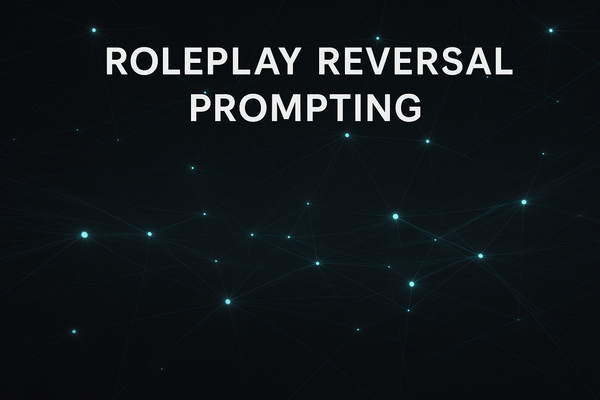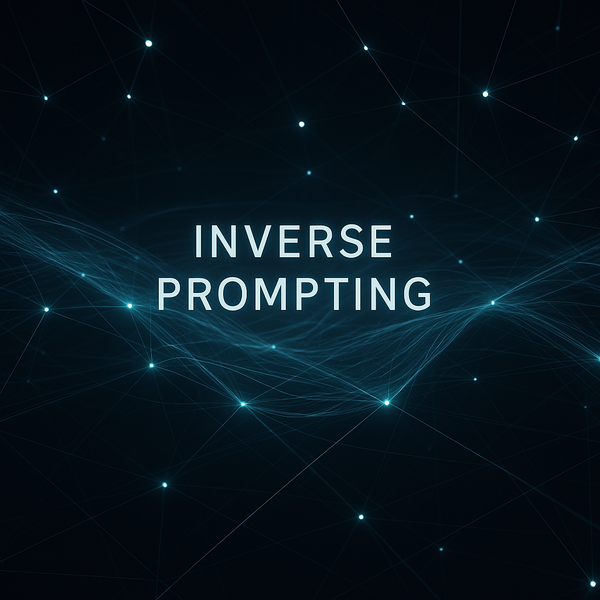Embedding-Rich Prompting
Embedding-rich prompting gives LLMs a memory — not by training, but by context injection.
#3: Embedding-Rich Prompting
Embedding-Rich Prompting: Injecting Precision with Vectors
Overview
Embedding-rich prompting is the technique of enhancing prompt quality and relevance by embedding contextual information — semantically matched — directly into the prompt from a vector search. Instead of writing a raw prompt from scratch, you retrieve content from a pre-indexed knowledge base using embeddings, and then inject that into the LLM prompt.
TL;DR
Embedding-rich prompting gives LLMs a memory — not by training, but by context injection. Pull from your vector database, and let the prompt ride the relevance wave.
Why It Works
LLMs are probabilistic — they guess based on the prompt and context. Embeddings let you find semantically similar information (not just keywords), so your prompt becomes smarter without manually writing out the context. This improves accuracy, grounding, and relevance.
Use Cases
- RAG (Retrieval-Augmented Generation) systems
- Internal knowledge base querying
- Support bots using prior ticket history
- Dynamic document summarization
- Personalized AI chat from user notes
- Regulatory or legal reference injection
Example Flow
-
User asks:
“What’s our refund policy for digital items?”
-
System runs embedding similarity search → Finds:
“Digital items are non-refundable unless the file is corrupted or never delivered.”
-
Final prompt to LLM:
Context: Digital items are non-refundable unless the file is corrupted or never delivered. Question: What’s our refund policy for digital items? -
LLM Response:
“Digital items generally aren’t refundable unless there’s a delivery or file integrity issue.”
Prompt Template
Context: [top 1–3 relevant snippets from vector search]
Question: [user input]
Answer in a professional tone using only the context provided.
Tools to Use
- OpenAI Embeddings API (text-embedding-ada-002)
- Pinecone / Weaviate / FAISS for vector DBs
- LangChain / LlamaIndex for orchestration
Best Practices
- Chunk content into ~100–300 word segments for indexing.
- Add metadata tags (source, category, etc.).
- Rank by semantic match + recency or priority.
- Inject 1–3 context blocks max — too many cause dilution.
- Wrap context in delimiters like
Context:or<<< >>>.
Advantages
- Boosts factual accuracy
- Enables long-term memory
- Grounded answers from your data
- Reduces hallucinations
- Works across domains (finance, legal, health, support)
Limitations
- Embedding search requires infrastructure
- Bad embeddings = junk context
- Requires periodic re-indexing
- Increases latency unless cached





